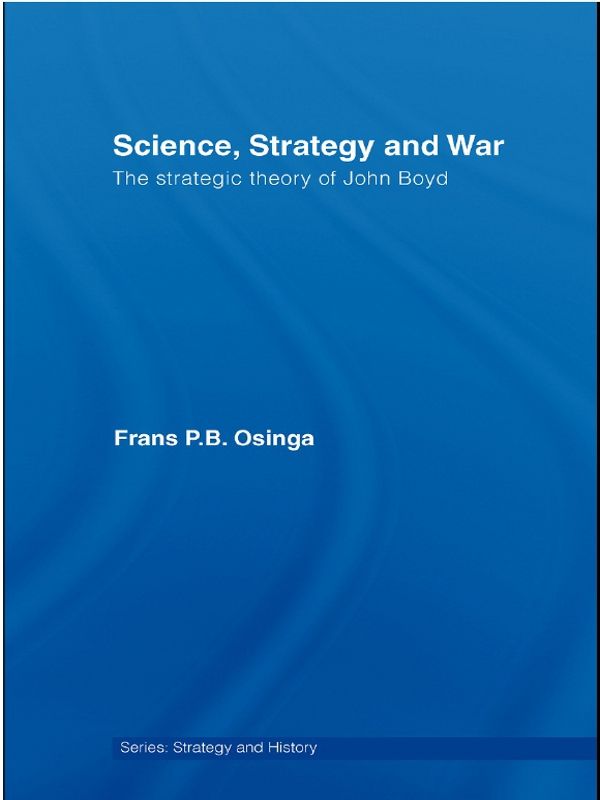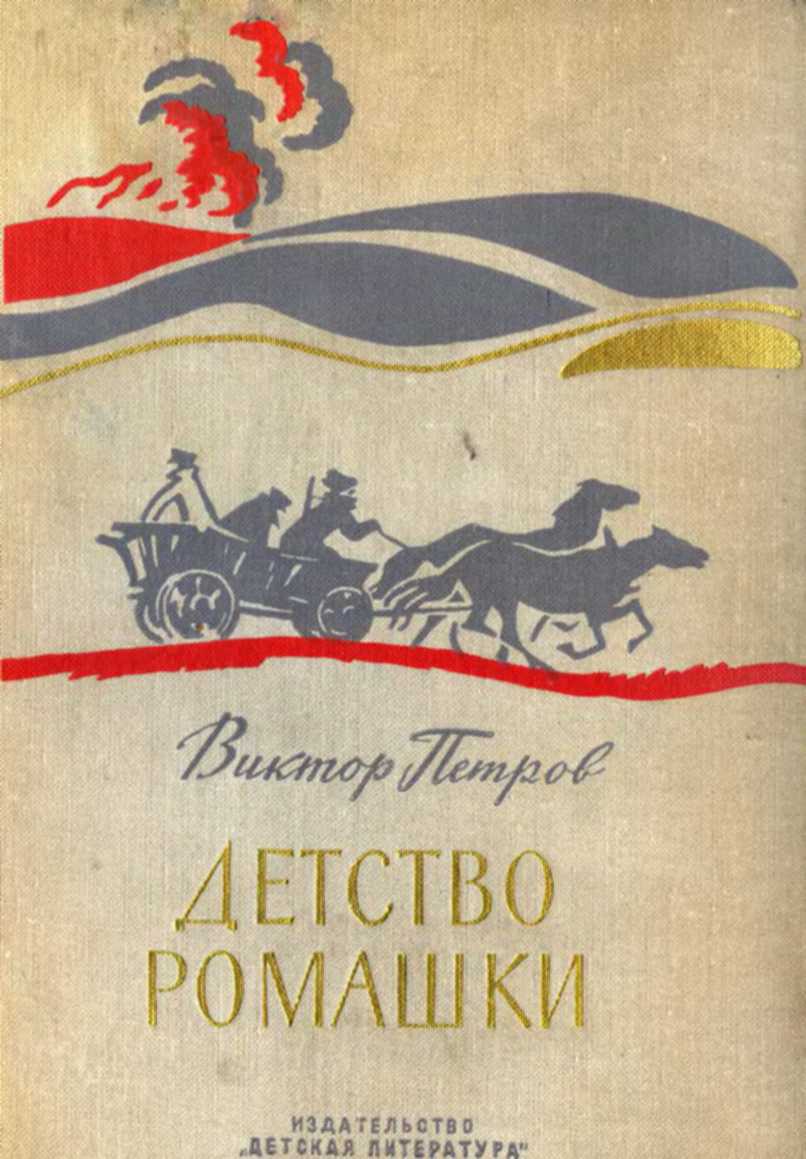The Brain, The Last Frontier (1979); Marvin Minsky, The Society of Mind (1986).
123 Gregory Bateson, Mind and Nature, A Necessary Unity, Cresskill, NJ: Hampton Press, 2002.
124 Sergio Manghi, ‘Foreword’, in Bateson, op. cit., p. xi.
125 Monod, op. cit., p. 149.
126 Ibid., p. 154.
127 See for instance Gardner, op. cit.
128 Rick Grush, ‘Cognitive Science’, in Machamer and Silberstein, op. cit., pp. 273–7.
129 In Structuralism, Piaget advanced the idea that there are ‘mental structures’ that exist midway between genes and behavior. Mental structures build up as the organism develops and encounters the world. Structures are theoretic, deductive, a process. Interestingly, Piaget was influenced by, e.g., Ludwig von Bertalanffy. See Watson, op. cit., pp. 629–30.
130 Ibid., p. 674. Bronowski, another author Boyd studied, meanwhile highlighted the power of for instance literature and poetry to provide meaning and to develop new insights, thus allowing for a large measure of subjectivism. See Jacob Bronowski, The Identity of Man, New York: Prometheus Books, [1964] 2002.
131 This is an important quotation from Hall’s work (to be found on p. 42). It is (with Clifford Geertz’ work) one of the few works in the bibliography of Patterns of Conflict that has culture as its main subject. A very brief summary of Hall’s view of culture is as follows: culture models/templates. Culture is innate but learned (i.e. we are born with the physical necessity and capacity to specialize our bodies, brains, hearts in line with cultural patterns). Culture is living, interlocking system(s) – touch one part, the rest moves. Culture is shared; it is created and maintained through relationship. It is also a highly selective screen between man and the outside world. Culture designates what we pay attention to and what we ignore. Hall discusses ‘monochromatic’ organizations and argues that, as they grow larger, they turn inward, becoming blind to their own structure; they grow rigid and are even apt to lose sight of their original purpose (p. 24). Another topic frequently advanced is the fact that ‘we have been taught to think linearly rather than comprehensively’ (p. 11), a ‘compartmentalized way of thinking’ (p. 12). Interestingly, Hall also included a quote from J. Bronowski that was close to Boyd’s heart: ‘There is no absolute knowledge, and those who claim it, whether they are scientists or dogmatists, open the door to tragedy’ (p. 71).
132 Grush, op. cit., p. 275.
133 Piaget, op. cit., p. 51.
134 Capra (1996), op. cit., pp. 51–68.
135 O’Connor and McDermott, op. cit., pp. 63–5.
136 Edward Borodzicz and Kees van Haperen, ‘Individual and Group Learning in Crisis Simulations’, in Journal of Contingencies and Crisis Management, Vol. 10, No. 3, September 2002, p. 141. The authors have copied the model from D. Kolb, Experiential Learning: Experience as the Source of Learning and Development, which was published in 1984. Later studies and concepts such as Recognition Primed Decision making explore the influence of training and experience in similar loop models, affirming Boyd’s model (see for instance Gary Klein, ‘Strategies of Decision Making’, Military Review, May 1989; and Sources of Power, How People Make Decisions, Cambridge, MA: MIT Press, 1999). Interestingly though, Boyd’s reading list does not include any of the well-known works on crisis decision-making theory emerging from political science during the 1970s and 1980s, such as Graham Allison’s 1971 landmark study Essence of Decision, Robert Jervis’ Perception and Misperception in International Politics (1976) and Irvin Janis’ Groupthink (1982).
137 Piaget (1971), op. cit., p. 133.
138 O’Connor and McDermott, op. cit., pp. 140–1.
139 Peter Senge, The Fifth Discipline, The Art and Practice of The Learning Organization, London: Doubleday, 1992, p. 150. This book is a highly popular systems-theory based work on organizational learning.
140 Boyd would underline several citations of Senge in other books such as John Briggs and F. David Peat, Turbulent Mirror, An Illustrated Guide to Chaos Theory and the Science of Wholeness, New York: Harper & Row, 1989, pp. 176–80, 200.
141 Destruction and Creation, p. 5.
142 Coon, op. cit., pp. 386–9.
143 See Morgan, op. cit., p. 44. Chapters 3, 4 and 8 are based on evolution theory, systems theory and complexity theory and provide an early synthesis of these developments and apply them to organization theory.
144 See, of the books on management in his bibliography, in particular Masaaki Imai, Kaizen, The Key to Japan’s Competitive Success (1986), and also William Ouchi, Theory Z (1981), Rafael Aguayo, Dr. Deming (1990) and Richard Tanner Pascale and Anthony Athos, The Art of Japanse Management (1981).
145 This is adapted from David A. Garwin, Learning in Action, Boston: Harvard Business School Press, 2000, p. 10.
146 Henry Mintzberg, Joseph Lampel and Bruce Ahlstrand, Strategy Safari, New York: The Free Press, 1998, p. 229.
147 Garwin, op. cit., p. 9.
148 Chris Argyris and Donald Schon, Organizational Learning: A Theory of Action Perspective, Reading, MAs: Addison-Wesley, 1978, pp. 38–9, 143, 145.
149 Garwin, op. cit., pp. 28–43.
150 Adapted from J. Edward Russo & Paul J.H. Schoemaker, Winning Decisions, New York: Doubleday, 2002, pp. 227–8.
151 Capra (1991), op. cit., pp. 328–33.
152 Piaget (1971), op. cit., p. 34.
153 Boyd, Patterns of Conflict, p. 144.
154 Boyd, ‘Strategic Game of ? & ?’, p. 28.
155 Boyd, Organic Design, p. 20. See also ‘Strategic Game of ? & ?’, p. 41.
156 Boyd, Patterns of Conflict, p. 184. Note how Boyd uses the Clausewitzian concept of friction not in the mechanical sense, as Clausewitz did, but in the thermo-dynamical sense, indicating that for Boyd friction refers to disorder.
157 Ibid., pp. 12–13.
158 Destruction and Creation, p. 3.
159 ‘Organic Design for Command and Control’, p. 13.
160 Ibid., p. 16. Underlining in original.
161 Ibid., p. 15.
162 Ibid., p. 18.
163 ‘Strategic Game of ? & ?’, p. 10.
164 Ibid., p. 45.
165 Ibid., p. 58.
4 Completing the shift
1 James Gleick, Chaos: Making a New Science, New York:





